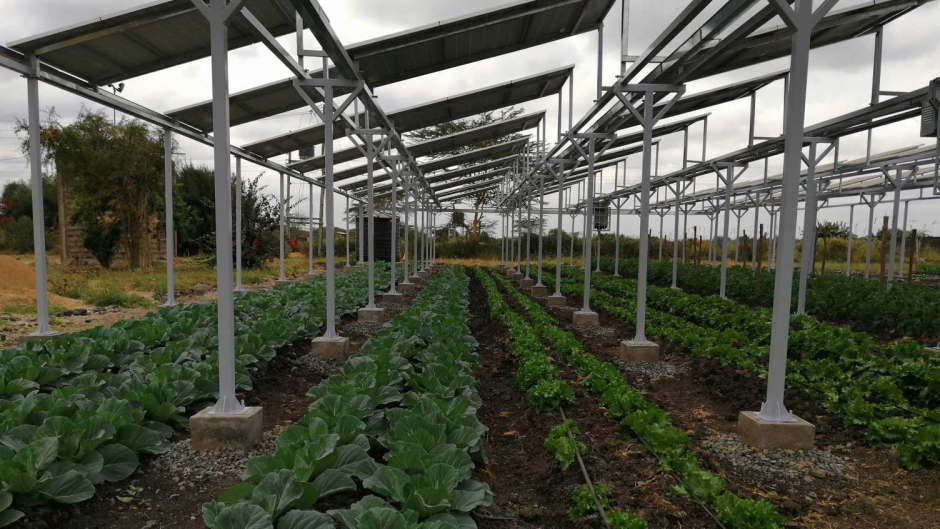This implies employing a special solar panel technique known as agrivoltaics, which involves installing solar panels to both generate clean energy and shade crops. The University of Sheffield, World Agroforestry, and the Kajiado-based Latia Agripreneurship are formally commencing an agrivoltaics study this week at open-field farms in Kenya’s Kajiado county, according to The Guardian.
“We needed to develop a test system to evaluate if this technology is suited for the region,” University of Sheffield’s Dr. Richard Randle-Boggis told The Guardian.
The initiative, dubbed “Harvesting the Sun Twice,” aims to determine if agrivoltaic devices can be utilized successfully in rural East Africa.
According to the University of Sheffield, the initiative was initially launched in November 2020, with £1.4 million in funding as part of the UK Research and Innovation (UKRI) Global Challenges Research Fund (GCRF) Collective Program. The goal was to contribute to the region’s energy solutions without putting too much strain on scarce land space.
According to the Stockholm Environmental Institute, 73% of East Africa’s population lacks access to electricity (SEI). Installing solar panels may appear to be an ecologically responsible answer to this problem, but it comes with its own set of problems.
“The land use modification necessary for these arrays often includes removing land to bare soil, so destroying key essential ecosystem services such as soil stability and water retention, carbon sequestration, food availability, and biodiversity habitat,” noted SEI.
Some of these hazards can be avoided by mixing land dedicated to solar panels with land dedicated to crops. According to the University of Sheffield, growing plants beneath raised solar panels shields them from the sun in hot, dry locations and helps the soil retain moisture. According to SEI and The Guardian, the method has worked effectively in Global North nations such as France, Germany, and the United States, but has not been tested in the Global South.
According to The Guardian, the results have been positive thus far. Cabbages grown beneath 180, 345-watt solar panels in Kajiado were one-third bigger and healthier than the control group. In the shadow of the panels, eggplants, lettuce, and maize thrived.
“We wanted to explore how crops would fare if planted under these panels,” agronomist Judy Wairimu of the Latia Agripreneurship Institute told The Guardian.
The effort has made a point of collaborating closely with East African solar developers and agriculture firms, as well as local communities, political groups, and charities.
“This exciting Programme brings together diverse expertise from around the world, ensuring that the voices of those most impacted are empowered to drive long-term solutions for those in need,” UKRI International Champion Professor Andrew Thompson said when the project was first announced by the University of Sheffield.
In addition to achieving a balance between energy and agricultural land uses, the concept might assist rural communities in self-sufficiency.
“Women here sometimes spend up to 300 Kenyan shillings (£2) on a bodaboda (motorcycle taxi) ride to the market merely to buy vegetables worth 100 Kenyan shillings,” said Anne Macharia, head of training at Latia Agrepreneurship Institute.
Read:
Chinese Company Will Provide More Free Solar Panels To Help Pakistan Cope With Power Shortage
Kashmiri Teacher Gains Appreciation for Producing Solar-car from Scratch
Engro Is Going To Install Pakistan’s First Solar-Wind Hybrid Power Plant In Sindh













